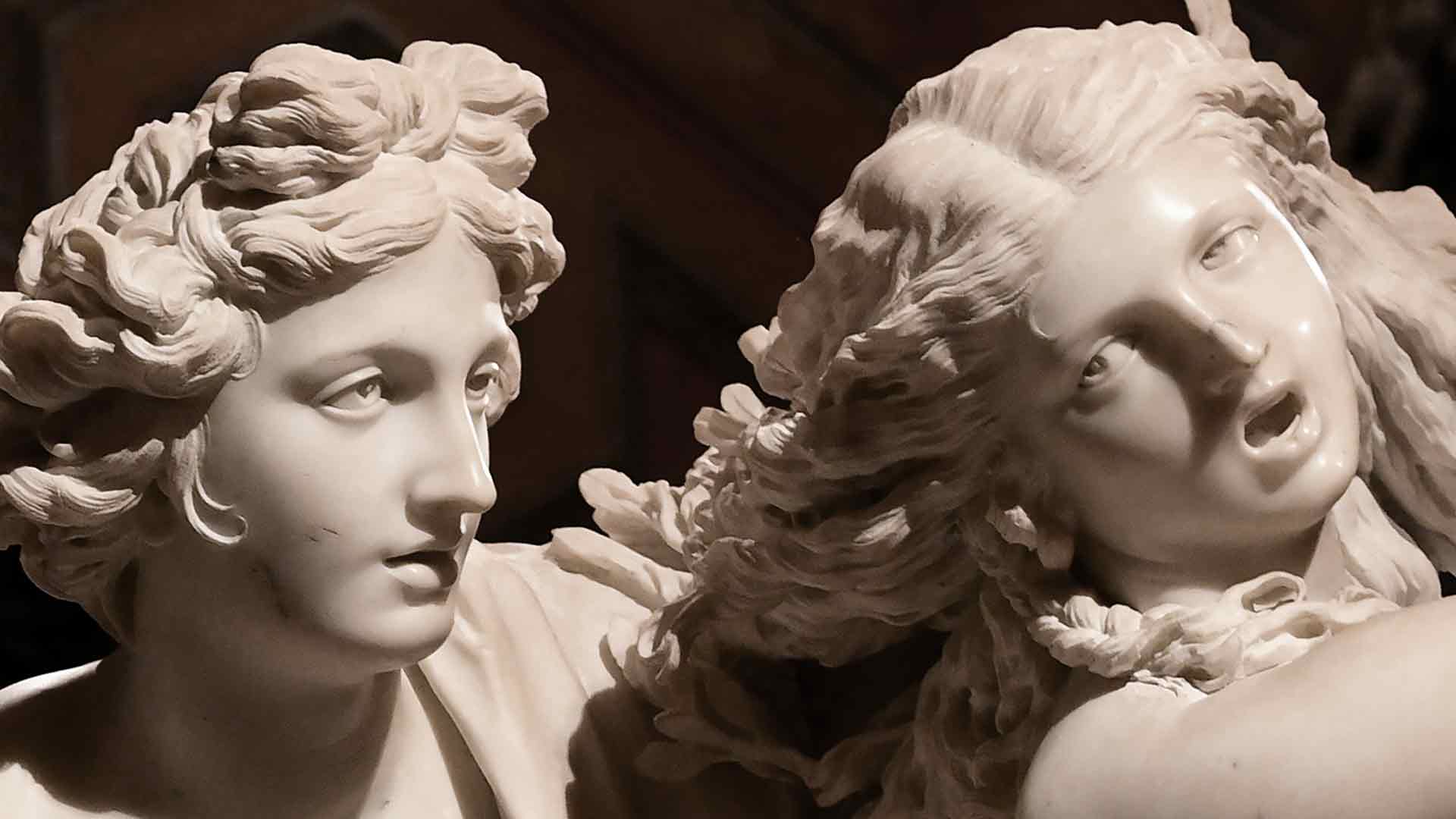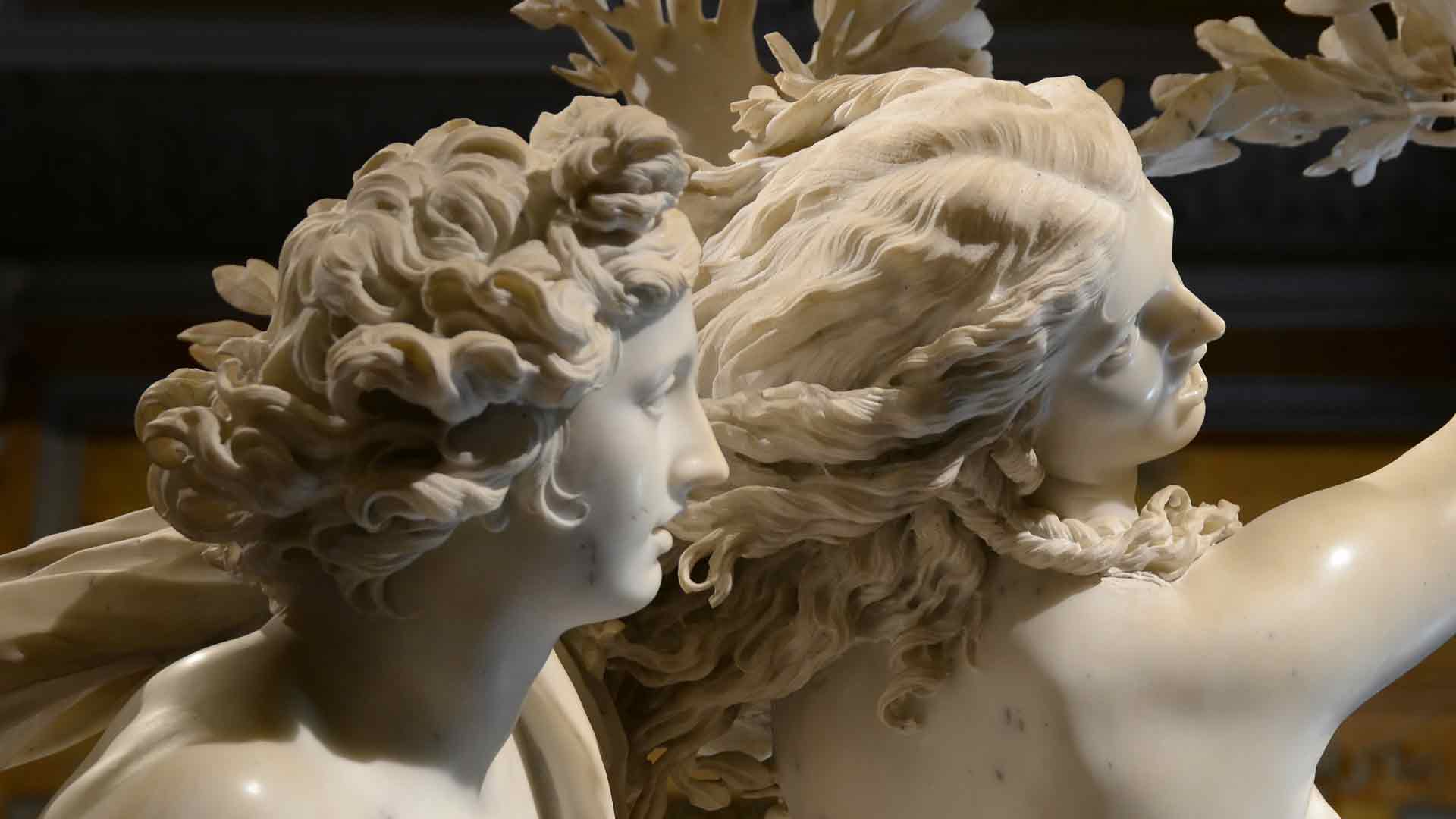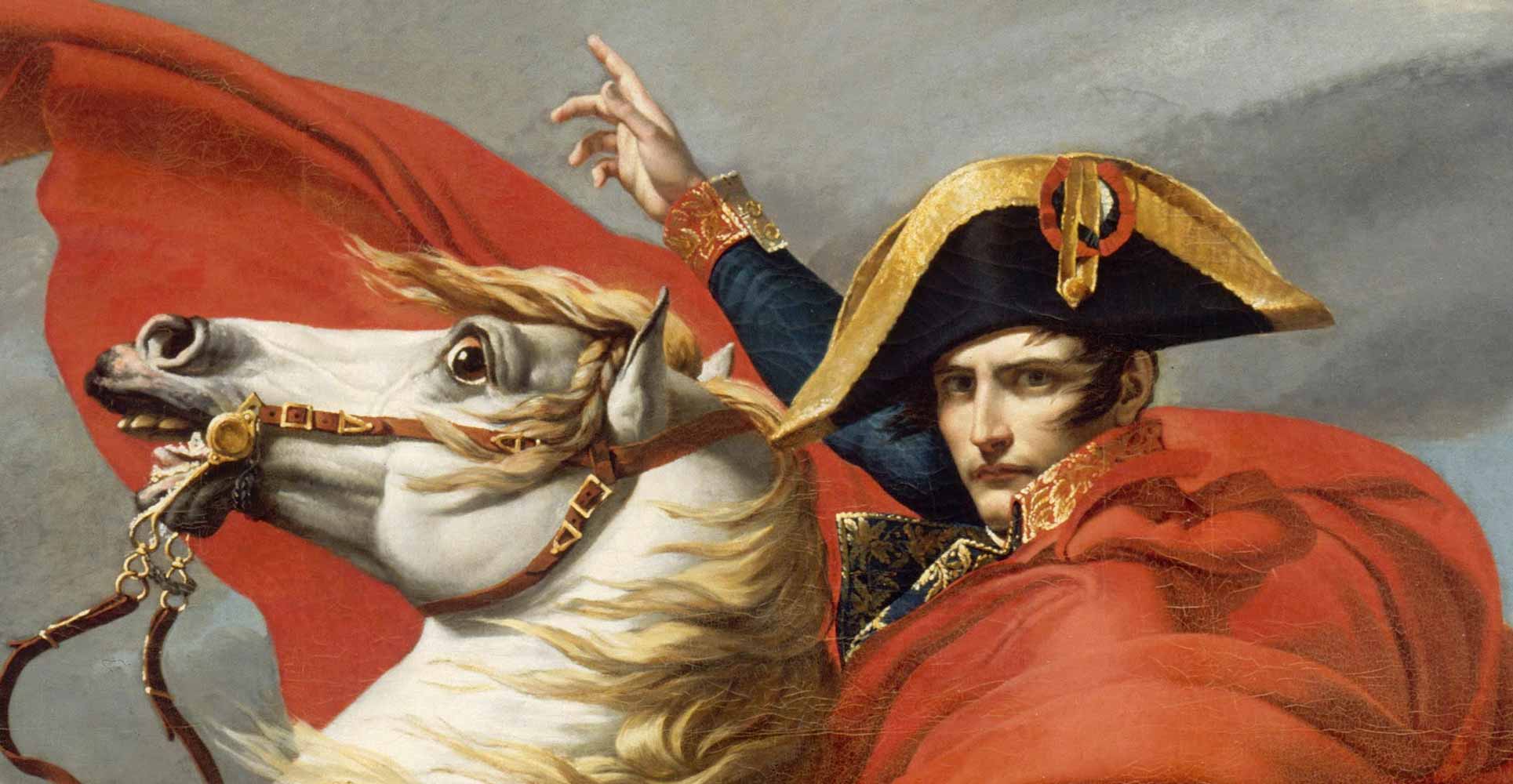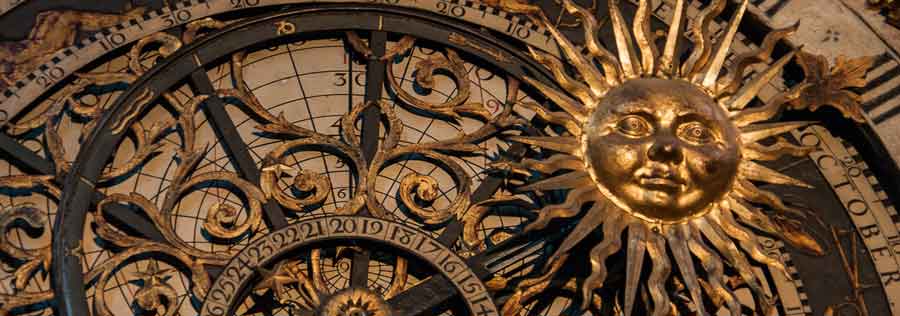

![]() Baroque period
(17th–18th century) Era in the arts that originated in Italy in the 17th century and
flourished elsewhere well into the 18th century...
It embraced painting, sculpture, architecture, decorative arts, and music.
The word, derived from a Portuguese term for an irregularly shaped pearl
and originally used derogatorily, has long been employed
to describe a variety of characteristics,
from dramatic to bizarre to overdecorated.
—
Baroque period
(17th–18th century) Era in the arts that originated in Italy in the 17th century and
flourished elsewhere well into the 18th century...
It embraced painting, sculpture, architecture, decorative arts, and music.
The word, derived from a Portuguese term for an irregularly shaped pearl
and originally used derogatorily, has long been employed
to describe a variety of characteristics,
from dramatic to bizarre to overdecorated.
—![]() Britannica.com ///
Baroque Artists:
Bernini, Caravaggio, Rubens, Velazquez and Rembrandt were masters of drama and illusion
Guido Reni, Artemisia Gentileschi, Elisabetta Sirani, Johannes Vermeer, and more at:
Britannica.com ///
Baroque Artists:
Bernini, Caravaggio, Rubens, Velazquez and Rembrandt were masters of drama and illusion
Guido Reni, Artemisia Gentileschi, Elisabetta Sirani, Johannes Vermeer, and more at:
Rococo Artists:
François Boucher, Antoine Watteau, Jean-Honoré Fragonard, Giovanni Battista Tiepolo,
Élisabeth Vigée Le Brun, Thomas Gainsborough, Canaletto, François Lemoyne,
Jean Raoux, and more at:
Neoclassical Artists:
Jacques-Louis David, Anton Raphael Mengs, Jean-Auguste-Dominique Ingres, Angelica Kauffman, Benjamin West
Antonio Canova, Batoni, Gavin Hamilton, and more at:
Learn about the highlights of ![]() Baroque art and architecture
The visual arts and building design and construction
produced during the era in the history of Western art
that roughly coincides with the 17th century.
The earliest manifestations,
which occurred in Italy,
date from the latter decades of the 16th century,
while in some regions, notably Germany and colonial South America,
certain culminating achievements of Baroque
did not occur until the 18th century.
Baroque art and architecture
The visual arts and building design and construction
produced during the era in the history of Western art
that roughly coincides with the 17th century.
The earliest manifestations,
which occurred in Italy,
date from the latter decades of the 16th century,
while in some regions, notably Germany and colonial South America,
certain culminating achievements of Baroque
did not occur until the 18th century.
The work that distinguishes the Baroque period is stylistically complex, even contradictory. In general, however, the desire to evoke emotional states by appealing to the senses, often in dramatic ways, underlies its manifestations. Some of the qualities most frequently associated with the Baroque are grandeur, sensuous richness, drama, vitality, movement, tension, emotional exuberance, and a tendency to blur distinctions between the various arts...Con't. Britannica
Baroque Artists:
Bernini, Caravaggio, Rubens, Velazquez and Rembrandt were masters of drama and illusion
Guido Reni, Artemisia Gentileschi, Elisabetta Sirani, Johannes Vermeer, and more at:
Caravaggio, Sep. 29, 1571 - Jul. 18, 1610, was an Italian painter active in Rome for most of his artistic life...His paintings have been characterized as combining a realistic observation of the human state, both physical and emotional, with a dramatic use of lighting, which had a formative influence on Baroque painting. Caravaggio employed close physical observation with a dramatic use of chiaroscuro that came to be known as tenebrism. He made the technique a dominant stylistic element, transfixing subjects in bright shafts of light and darkening shadows. Caravaggio vividly expressed crucial moments and scenes, often featuring violent struggles, torture, and death. He worked rapidly, with live models, preferring to forgo drawings and work directly onto the canvas. His inspiring effect on the new Baroque style that emerged from Mannerism was profound. His influence can be seen directly or indirectly in the work of Peter Paul Rubens, Jusepe de Ribera, Gian Lorenzo Bernini, and Rembrandt. │ Google Arts & Culture
Sep 29, 1571 - Jul 18, 1610
oil on canvas, 1597–1599, Galleria Nazionale d'Arte Antica, Rome

oil on canvas, 1597–1599, Galleria Nazionale d'Arte Antica, Rome
Rembrandt │ Considered the greatest painter in all of European Art, Rembrandt van Rijn was a Dutch painter and etcher of the Dutch Golden Age. As a child, he had an inclination towards painting, and spent three years under the apprenticeship of a local history painter. After another six month apprenticeship with painter Jan Pieter Lastman, he opened his own studio. He began taking art students at his studio at the ripe old age of twenty-one years old. │ WikiArt

Apollo and Daphne │ Intro image and video cover below, is a marble scupture, created in c.1622-25, by Gian Lorenzo Bernini at the Galleria Borghese, in Rome, Italy. This sculpture represents Ovid's ancient poem and magnum opus "Metamorphosis" about two characters ill-fated by cupid's arrows. Here you see the dramatic moment the Greek God Apollo captures the nymph Daphne, as she flees begging to be saved by her father and transforms into a Laurel tree. Video and Lesson: Bernini, Apollo and Daphne │ Smarthistory
Perseus and Andromeda, Carrara marble, 1675-84 by Pierre Puget, the French baroque artist who was born #OnThisDay, October 16th in 1620.
Posted by Vue Fine Art & Design on Friday, October 16, 2015
Palace of Versailles │
The Palace of Versailles was
the principal royal residence of France from 1682,
under Louis XIV, until the start of the French Revolution in 1789,
under Louis XVI. It is located in the department of Yvelines,
in the region of Île-de-France,
about 20 kilometres southwest of the centre of Paris. —Wikipedia
Video: Versailles, from Louis XIII to the French Revolution │
What did Versailles look like
before Louis XIV? How did the small hunting lodge
of Louis XIII become the largest
Palace in Europe?
What embellishments did the young
Sun King want in his Palace of
festivities and amusements?
Did you know that the Hall of Mirrors
was originally a terrace overlooking the gardens? —Château de Versailles
Video: Château de Versailles, France │
The famous Château de Versailles
is perhaps the most famous palace in the world.
Today, the small city of Versailles,
with its palace and its gardens,
is one of France's most popular tourist destinations.—WorldsiteGuide
Video: What Is Rococo? Wallace Art Collection
Rococo style style in interior design, the decorative arts, painting, architecture, and sculpture that originated in Paris in the early 18th century but was soon adopted throughout France and later in other countries, principally Germany and Austria. It is characterized by lightness, elegance, and an exuberant use of curving, natural forms in ornamentation. The word Rococo is derived from the French word rocaille, which denoted the shell-covered rock work that was used to decorate artificial grottoes. Con't... Encyclopedia Britannica
Rococo Artists:
François Boucher, Antoine Watteau, Jean-Honoré Fragonard, Giovanni Battista Tiepolo,
Élisabeth Vigée Le Brun, Thomas Gainsborough, Canaletto, François Lemoyne,
Jean Raoux, and more at:
The Ornate Excess Of The Rococo
Perspective
Travel in the 18th century greatly impacted some of the finest art ever made.
The Stolen Kiss, detail, oil on canvas, c. late 1780's.
Posted by Vue Fine Art & Design on Friday, August 14, 2015
Video: Neoclassicism - Overview │ Phil Hansen
Neoclassicism │ ~1770 - 1840 in the arts, historical tradition or aesthetic attitudes based on the art of Greece and Rome in antiquity. In the context of the tradition, Classicism refers either to the art produced in antiquity or to later art inspired by that of antiquity; Neoclassicism always refers to the art produced later but inspired by antiquity. Thus the terms Classicism and Neoclassicism are often used interchangeably. Con't... Encyclopedia Britannica │ Google Arts & Culture │ Smarthistory │ Wikipedia │
Neoclassical Artists:
Jacques-Louis David, Anton Raphael Mengs, Jean-Auguste-Dominique Ingres, Angelica Kauffman, Benjamin West
Antonio Canova, Batoni, Gavin Hamilton, and more at:
Pendulette de table avec Planetarium (Planetarium Table Clock), c. 1775, by Nicole-Reine & Jean-André Lepaute. The earth...
Posted by Vue Fine Art & Design on Sunday, January 7, 2024

Napoleon Crossing the Alps │ oil on canvas detail, 1800, by Jacque-Louis David, Belvedere Museum. This painting depicts the future Emperor of France, Napoleon Bonaparte, to be “calm on a fiery horse” as he points to the future and leads his troops over the Alps to defeat the Austrians at the Battle of Marengo.
Video: Exuberant design: Jean-Claude Duplessis at the Sèvres porcelain manufactory │ Sèvres porcelain exemplified the ingenuity of French eighteenth-century craftsmanship, and none more so than the work of Jean-Claude Duplessis, their chief designer. Highlighting objects in our Collection, this film explores why Duplessis' objects are still admired to this day. —The Wallace Collection
Video: The Case for Museums | The Art Assignment | PBS Digital Studios (8:43)
The powerful and privileged have hoarded precious artifacts in museums for centuries, and it's only recently that these treasures were made available to the rest of us. What purpose did museums serve? And why does every city have one today? —PBS Digital Studios
Museums │
are more than containers of things;
rather, they are complex reflections of
the cultures that produced them,
including their politics,
social structures, and systems of thought.
The word “museum” comes from the nine Muses,
the classical Greek goddesses of inspiration,
though the famed “Museion” of ancient Alexandria
was more like a university,
with an important library,
than a place for the display of objects.
While scholars generally place
the earliest museum (in the sense that we understand it today)
in 17th or 18th-century Europe,
there were earlier collections of objects
and sites of display, including the public squares
or fora of ancient Rome. —Smarthistory Con't...
Smarthistory: A Brief History of the Art Museum
NEXT: 19th Century Art

Below, is a small sample of
information links
coordinated with
video playlists.
Each link and video thumbnail takes you to the category on the Resource page.
Once there, activate the links.
Resources
Creative Commons Public Domain
0 1.0 Universal 0 1.0) License